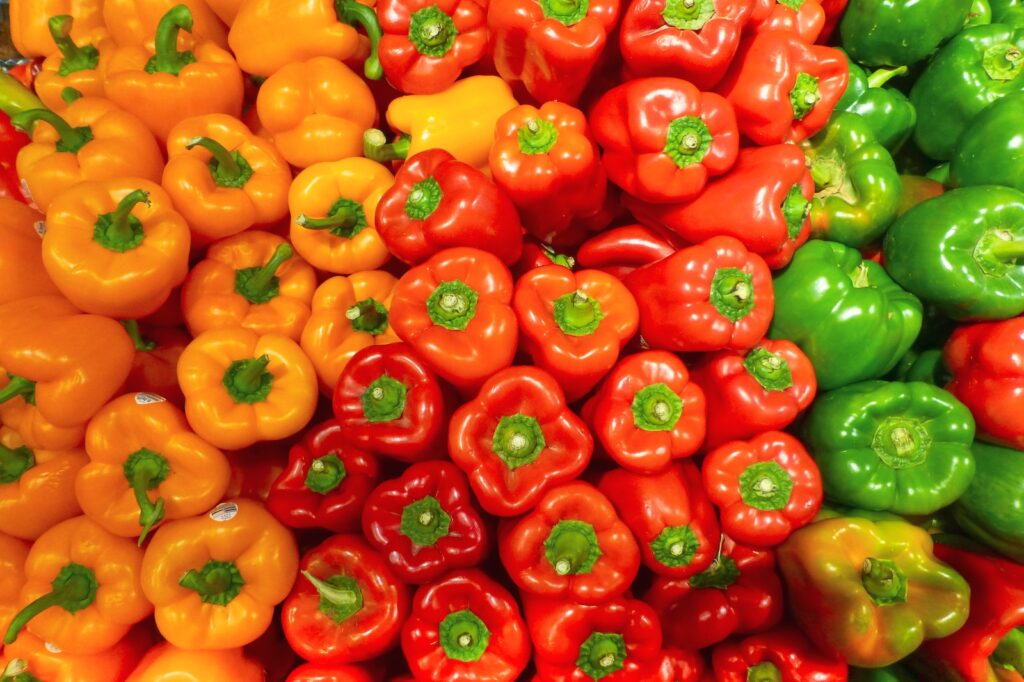- No. 268 Xianghe Street, Economic Development Zone of Xingtai city, Hebei 054001 China
- Byron@hbhongri.cn
Exploring the Flavors of Chinese Cayenne Pepper and Paprika in Culinary Dishes
The Cultural and Culinary Significance of China Cayenne Pepper and Paprika
China, a nation rich in its culinary traditions, has a diverse range of spices that enhance the flavors of its dishes. Among these, cayenne pepper and paprika are two noteworthy spices that stand out for their unique flavors and versatile uses. This article aims to explore the cultural and culinary significance of China cayenne pepper and paprika, unearthing their origins, health benefits, and applications in cooking.
Origins and Varieties
Cayenne pepper, known scientifically as Capsicum annuum, is a hot chili pepper variety named after the city of Cayenne in French Guiana. In China, it is widely known for adding heat to various dishes, particularly in Sichuan and Hunan cuisines. Chinese chefs often use cayenne pepper to create the bold and spicy profiles that these regional cuisines are famous for.
On the other hand, paprika, made from ground sweet peppers, originates from Central America but gained prominence in European cuisines, particularly Hungarian and Spanish. The paprika used in Chinese cooking is often less pungent and serves to add color and a mild sweetness to dishes, making it essential in stir-fry and braising.
Health Benefits
Both cayenne pepper and paprika are celebrated not just for their flavors but also for their health benefits. Cayenne pepper is known for its active compound, capsaicin, which is praised for its metabolism-boosting properties. This compound can help in promoting digestive health and may have pain-relieving effects. Consuming cayenne can also stimulate circulation and support heart health, making it an excellent addition to a balanced diet.
china cayenne pepper and paprika

Paprika, although milder than cayenne, is rich in antioxidants and vitamins, particularly vitamin A, which is crucial for maintaining healthy vision and immune function. Additionally, the capsaicin present in paprika also contributes to its health benefits, making it a great way to add flavor without the need for excess salt or fat.
Culinary Uses
In Chinese cuisine, cayenne pepper is commonly used in sauces, marinades, and stir-fried dishes. One popular dish that showcases its heat is Kung Pao Chicken, where the peppers provide a robust flavor profile that complements the sweetness of the sauce and the crunch of the peanuts. Another well-loved dish, Mapo Tofu, utilizes both cayenne and other spices to create a rich and spicy sauce that envelops the tofu, making it a favorite for spice enthusiasts.
Paprika is often used as a seasoning in various Chinese dishes, from fried rice to braised meats. It adds a vibrant color and a subtle sweetness, enhancing the overall appeal of the dish without overpowering the other flavors. Chinese chefs may also incorporate paprika into dips or sauces, lending a beautiful hue and mild pepper flavor that balances spice with sweetness.
Conclusion
In summary, cayenne pepper and paprika hold not only culinary importance but also cultural significance in China. These spices exemplify the country's rich culinary landscape, where flavor, health, and tradition come together. Whether it's adding heat to a beloved Sichuan dish or providing a splash of color to a rich braise, these spices are integral to understanding the essence of Chinese cooking. As global culinary practices continue to evolve, the appreciation for spices like cayenne pepper and paprika remains strong, allowing them to bridge the gap between tradition and modernity in Asian cuisines. Explore these flavors, and you’ll discover the depth of Chinese culinary art that captivates food lovers around the world.
-
Turmeric Rhizome Powder: A Golden Treasure from Roots to TableNewsJul.28,2025
-
The Versatile Application Of Crushed Red Hot Peppers: Lighting Up The Red Flames On The Dining TableNewsJul.28,2025
-
The Paprika: A Touch Of Vibrant Red In Color, Flavor, And CultureNewsJul.28,2025
-
Ground Turmeric: A Modern Examination of an Ancient SpiceNewsJul.28,2025
-
Capsicum Liquid Extract: Features, Applications, and ChallengesNewsJul.28,2025
-
Application of Capsicum Liquid Extract in FoodNewsJul.28,2025







